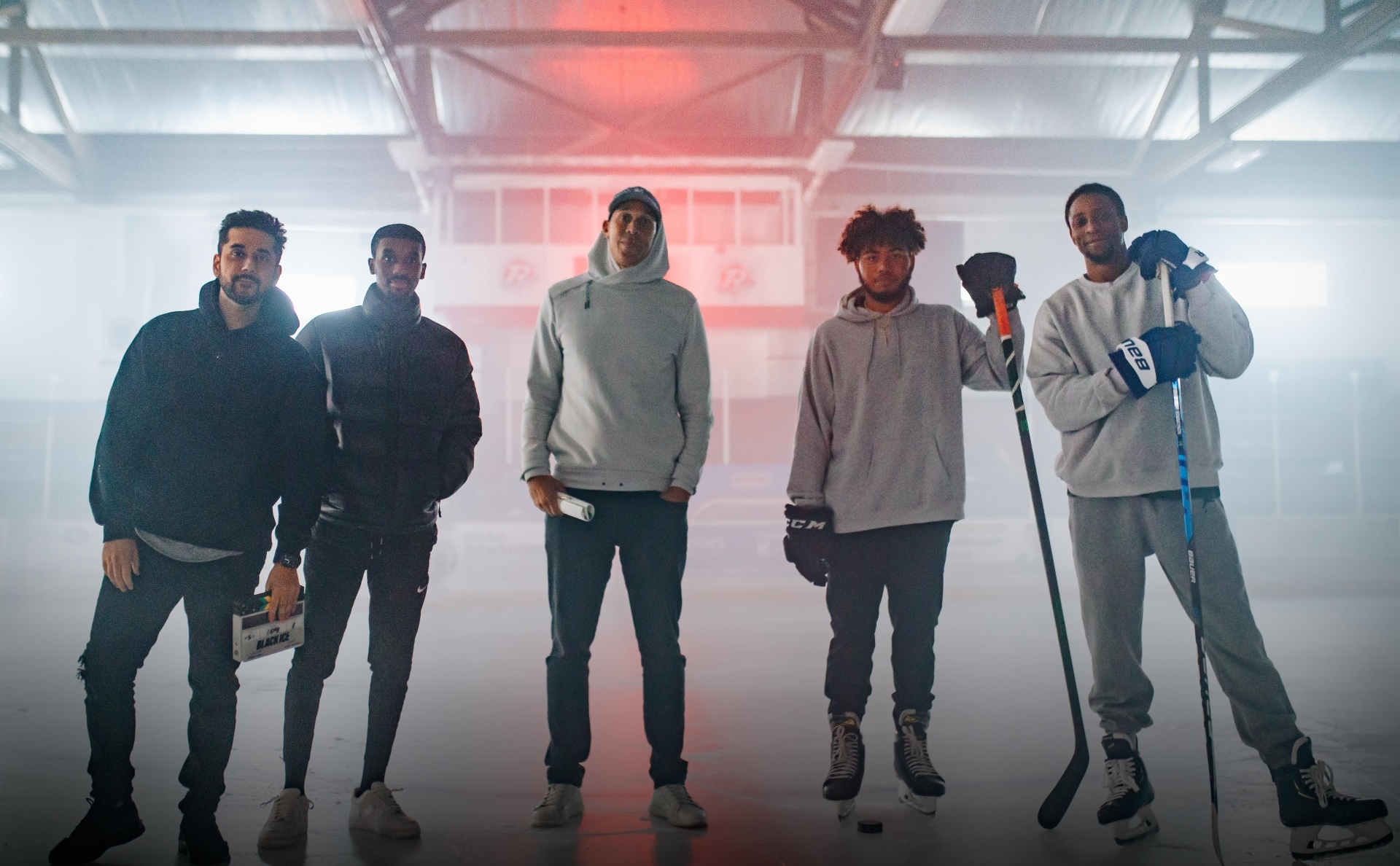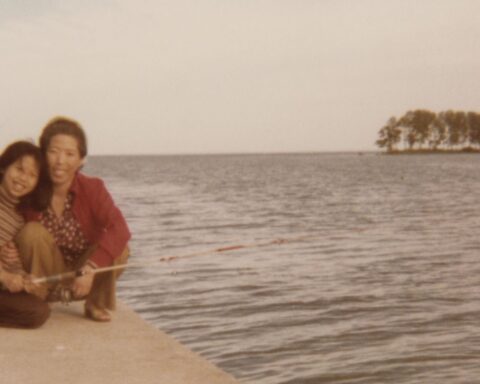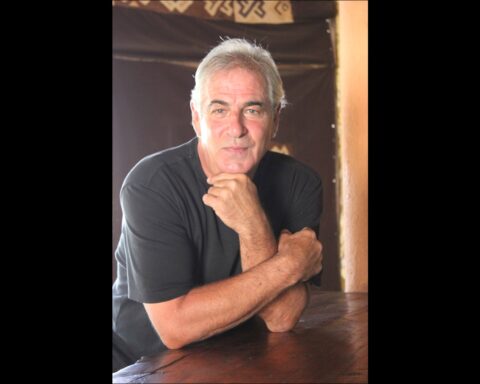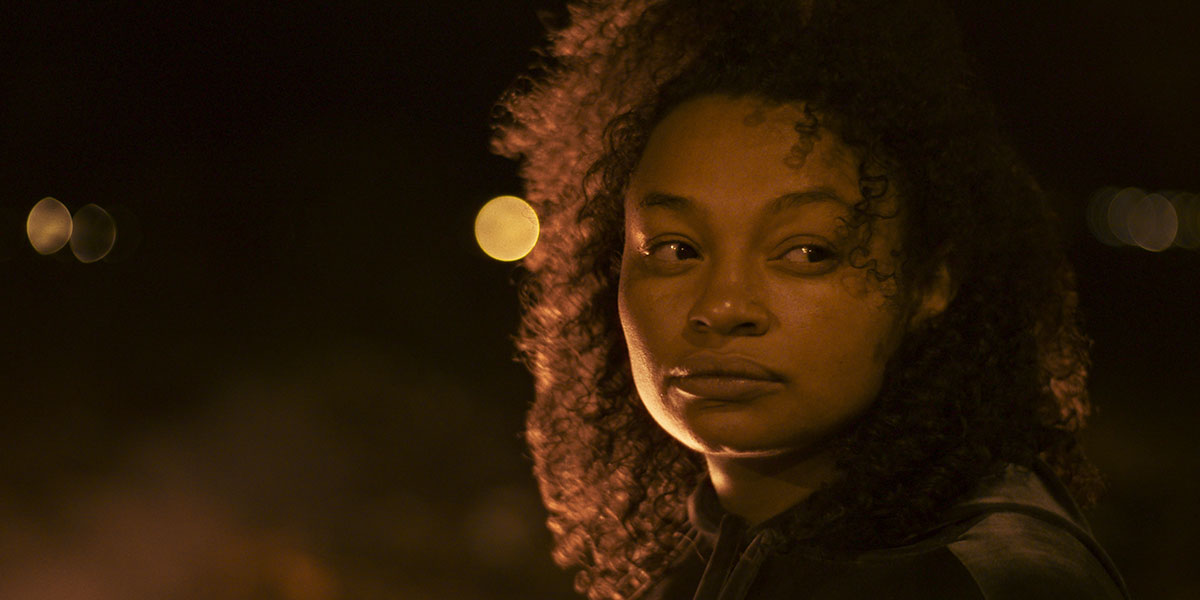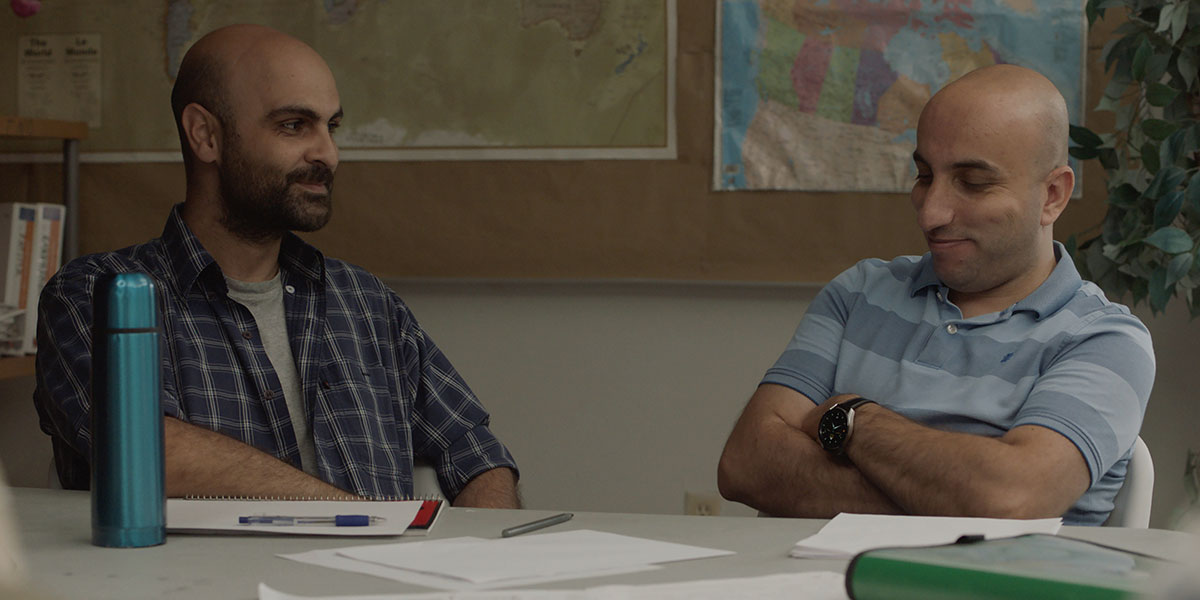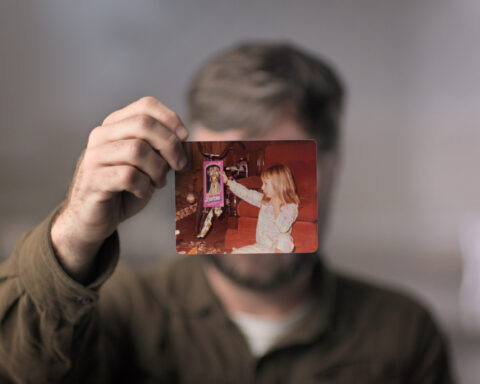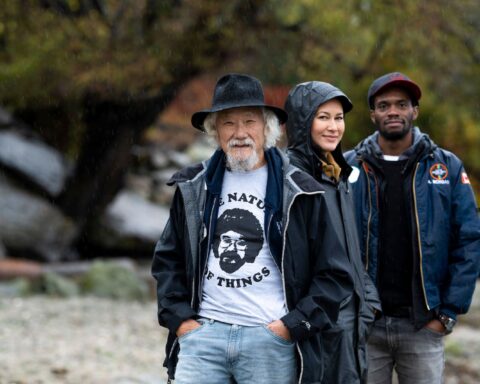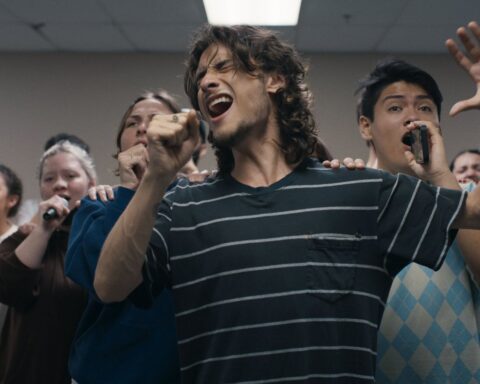Black Ice
(Canada, 90 min.)
Dir. Hubert Davis
Programme: Galas (World Premiere)
Early on in Hubert Davis’ Black Ice, Team Canada silver medallist Saroya Tinker recounts her father’s “process” when entering hockey rinks. The first thing he does is look at the pictures on the wall to see if he can find any Black individuals and the result will determine his actions moving forward. If does not see any Black faces, then he knows he will have to go out of his way to make others feel comfortable. Like a chameleon who must constantly change colours based on the environment, knowing the temperature of the space one is about to step into can be a matter of harm prevention for many Black people.
As Davis latest documentary highlights, stepping into the world of hockey as a Black person means placing yourself in predominantly white spaces where anti-Black racism runs rampant. While it took Akim Aliu speaking out against the bullying and racism he endured at the hands of Calgary Flames head coach Bill Peters, who coached him in the minors, for many in the media to take notice, the systemic issues have been present for decades.
Charting racism in hockey all the way back to Africville and the Coloured Hockey League (CHL) in the Maritimes, Black Ice offers an in-depth examination of the structural problems that have plagued the sport and Canada for years. Davis shows that Black communities have long embraced a sport that has not loved them back. Black hockey players thrived not only thrived in the segregated leagues, but also led the way in innovations. Eddie Martin invented the slap shot and the CHL was the first league to allow goalies to go down on the ice to make saves, long before their white peers. Sadly, they did this without ever getting the credit they deserved.
These omission in the plaques that adorn the halls of hockey history were executed by design. Black Ice makes a point to note that the media, via biased reporting, downplayed players’ abilities while racist cartoons and local governments systematically worked to marginalize the CHL and eventually destroy Africville.
One of the tragic causalities of the unfair bias towards Black hockey players from that time was Herb Carnegie, who was considered one of the greatest players never to make the NHL. Despite displaying an elite skill set, NHL general managers, like the Toronto Maple Leafs’ Conn Smythe were reluctant to be the first to sign a Black player. Smythe openly commented about wishing someone could turn Carnegie white, which did significant damage to his chances of ever playing in the league.
While Willie O’Ree would eventually break through the colour barrier, Davis’ documentary makes it clear that things did not get any easier for Black athletes. Speaking to a plethora of professional hockey players and rising stars, including Matt Dumba, Sara Nurse, Anthony Duclair, Wayne Simmonds, P.K. Subban, Mark Connors and Blake Bolden, the film paints a chilling picture of just how toxic hockey culture is at all levels. All of the players interviewed recount their first open experience with racism in the sport occurring between the ages 10 to 13 years old. Even as adults they still must endure racial slurs on and off the ice with some fans throwing bananas and making obscene animal gestures at them.
As Davis skilfully unpacks, the code of silence within the sport holds the door opens for such offenses to skate in unchallenged. Since the culture of hockey promotes putting the team before any one person, most of the recipients of racism are forced to suffer the trauma in silence for fear of having their potential careers derailed. As Kirk Brooks of Skillz, an organization that strives to make hockey more accessible for marginalized communities, notes when talking about the unconscious bias coaches display when assessing talent, Black players are usually put at a disadvantage from a very young age. They are systematically streamed into positions that play up their athleticism, such as defence and goaltending, rather than the skilled and celebrated position of centre.
By pushing players down a narrow stream in an already unstable boat, the sport is inadvertently doing damage to generations of Black players. While hockey organizations at various levels view visible incidents of racism as isolated events, Black Ice effectively captures why such a mentality is a major part of the problem. As professor Debra Thompson points out, this approach results in predatory inclusion, where Black people are included in white spaces but never as an equal. Even when being mocked and mistreated they are still expected to make the white individuals around them always feel safe and comfortable.
Davis’ film aims to disrupt that comfort with hard truths that have been ignored for far too long. Black Ice is a riveting work that is a necessary wakeup call to the sport of hockey and the country that passionately embraces it.




